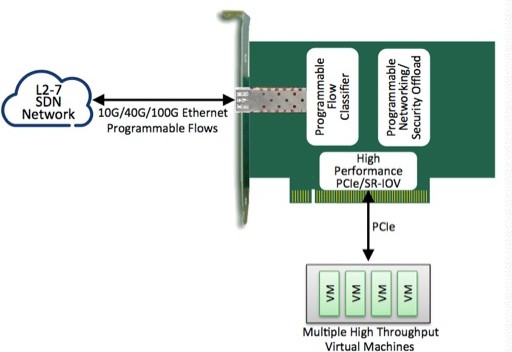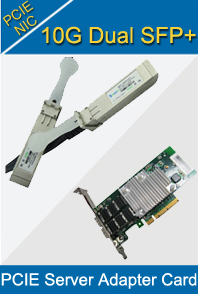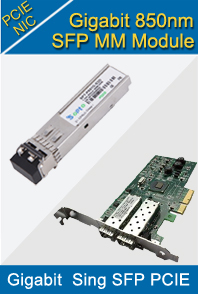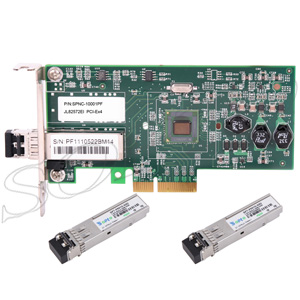-

- Sopto Home
-

- Special Topic
-

- PCI-E Card Knowledge
-

- PCI Express Status
PCI-E Card Knowledge
- Info about Network Interface Card Teaming
- How to Setup a Server with Multiple Network Interface Adapters?
- How to Reconnect an Internet Network Adapter for an Acer Aspire?
- 9 Things to Do When Your Internal Network Card Stops Working
- Ethernet Standards NIC for Home Networking
- What Is a Network Interface Adapter?
- How to Configure a Network Interface Card in Linux?
- How should Configure Your NIC for ISA and TMG?
- Recommended Network Card Configuration for Forefront UAG Servers
SOPTO Special Topic
Certificate



Guarantee
Except products belongs to Bargain Shop section, all products are warranted by SOPTO only to purchasers for resale or for use in business or original equipment manufacturer, against defects in workmanship or materials under normal use (consumables, normal tear and wear excluded) for one year after date of purchase from SOPTO, unless otherwise stated...
Return Policies
Defective products will be accepted for exchange, at our discretion, within 14 days from receipt. Buyer might be requested to return the defective products to SOPTO for verification or authorized service location, as SOPTO designated, shipping costs prepaid. .....
Applications

PCI-E NIC Cards provide redundant connectivity to ensure an uninterrupted network connection.
PCI-E NIC Cards are ideal for VM environments with multiple operating systems, requiring shared or dedicated NICs.
They are specially designed for desktop PC clients, servers, and workstations with few PCI Express slots available.
SOPTO Products
- Fiber Optic Transceiver Module
- High Speed Cable
- Fiber Optical Cable
- Fiber Optical Patch Cords
- Splitter CWDM DWDM
- PON Solution
- FTTH Box ODF Closure
- PCI-E Network Card
- Network Cables
- Fiber Optical Adapter
- Fiber Optical Attenuator
- Fiber Media Converter
- PDH Multiplexers
- Protocol Converter
- Digital Video Multiplexer
- Fiber Optical Tools
- Compatible
Related Products
Performance Feature
PCI-E Card Knowledge
Recommended


PCI Express Status
The PCI Express bus started showing up on Mother Boards in 2004 as an addition (using a new connector) to the PCI interface, and will coexist and out-pace parallel PCI at the rate PCI took over from the ISA bus. One common PCIe implementation seems to have two 1x PCI Express slots [for expansion boards] and one 16x PCIe slot [used to replace the AGP slot], then some number of standard parallel (classic) PCI slots [3 to 4 connectors].
Because of the large number of PCI boards fielded it may be some time before the PCI expansion slots disappear from mother-boards, but may disappear faster because the PCIe 1x connector is so much smaller than the PCI connector. The 1x PCIe slots will support a bandwidth of 5Gbps, and the 16x PCIe slot will support 80Gbps. Throughput is discussed below.

We saw some Mother Board manufacturers using the term PCI-E to represent PCI Express card slots, this is an incorrect usage. PCI Express is not compatible with the standard PCI bus. The PCI Express connectors, signal voltage levels, and signal format are different then with PCI. The physical size of PCI Express cards has the same dimensions as standard PCI cards. The main physical difference between the two bus formats lay with the connectors. PCI Express comes as either standard or low-profile form factors.
Additional Notes: Some software written for the PCI bus may be compatible with the PCIe bus. PCI Express was originally developed at Intel by the Arapahoe working group, later called 3GIO, the "third-generation input/output". Now that the spec has been transferred to the PCI Special Interest Group (PCI-SIG) it was renamed PCI Express.
Sopto supply professional PCI-E Server Adapters. To purchase high quality PCIe Cards with low cost or for more products’ information, please contact a Sopto representative by calling 86-755-36946668, or by sending an email to info@sopto.com.




